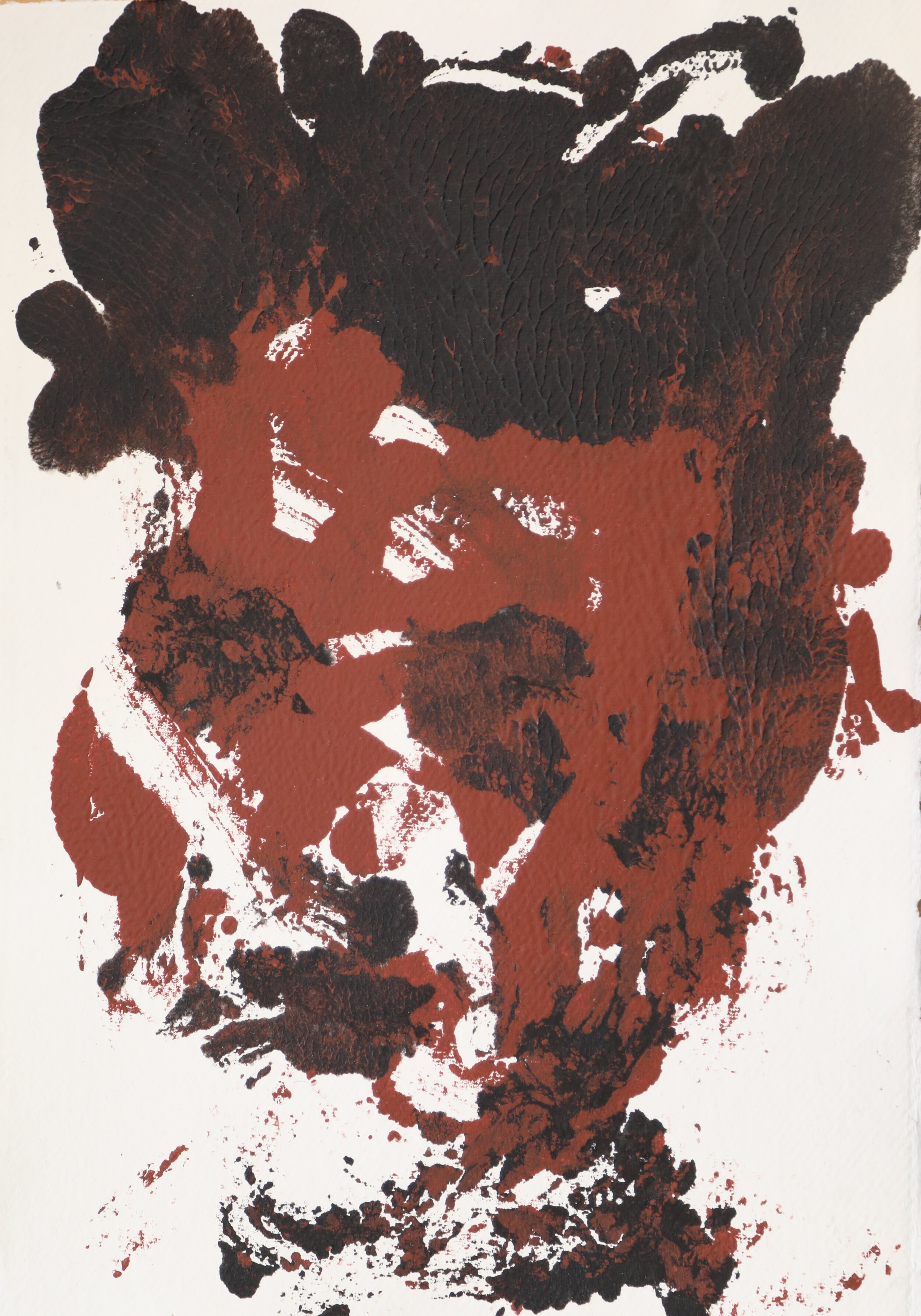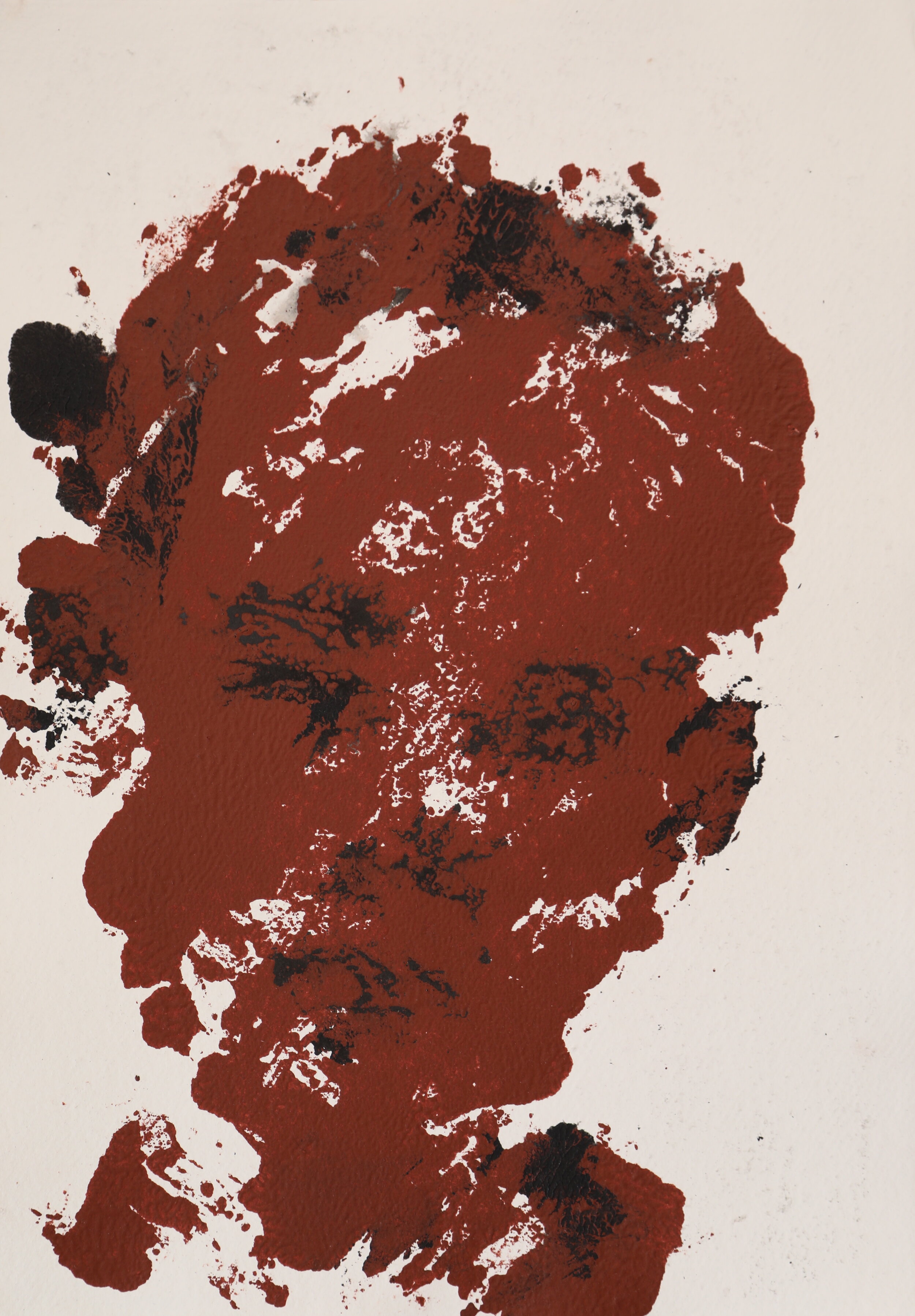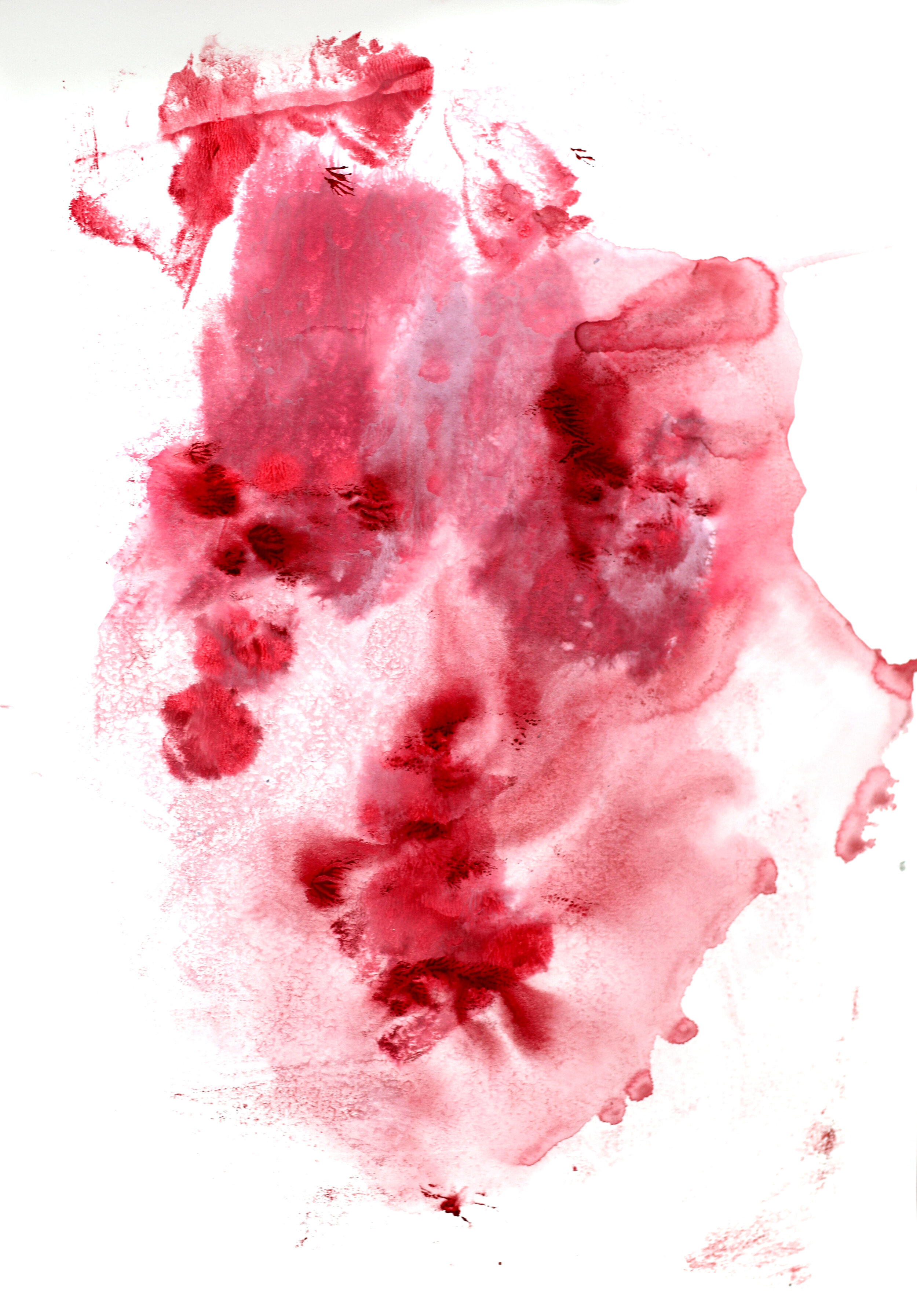8:15
The title of this series corresponds to the local time when an atomic exploded over the island of Hiroshima during the Second World War.
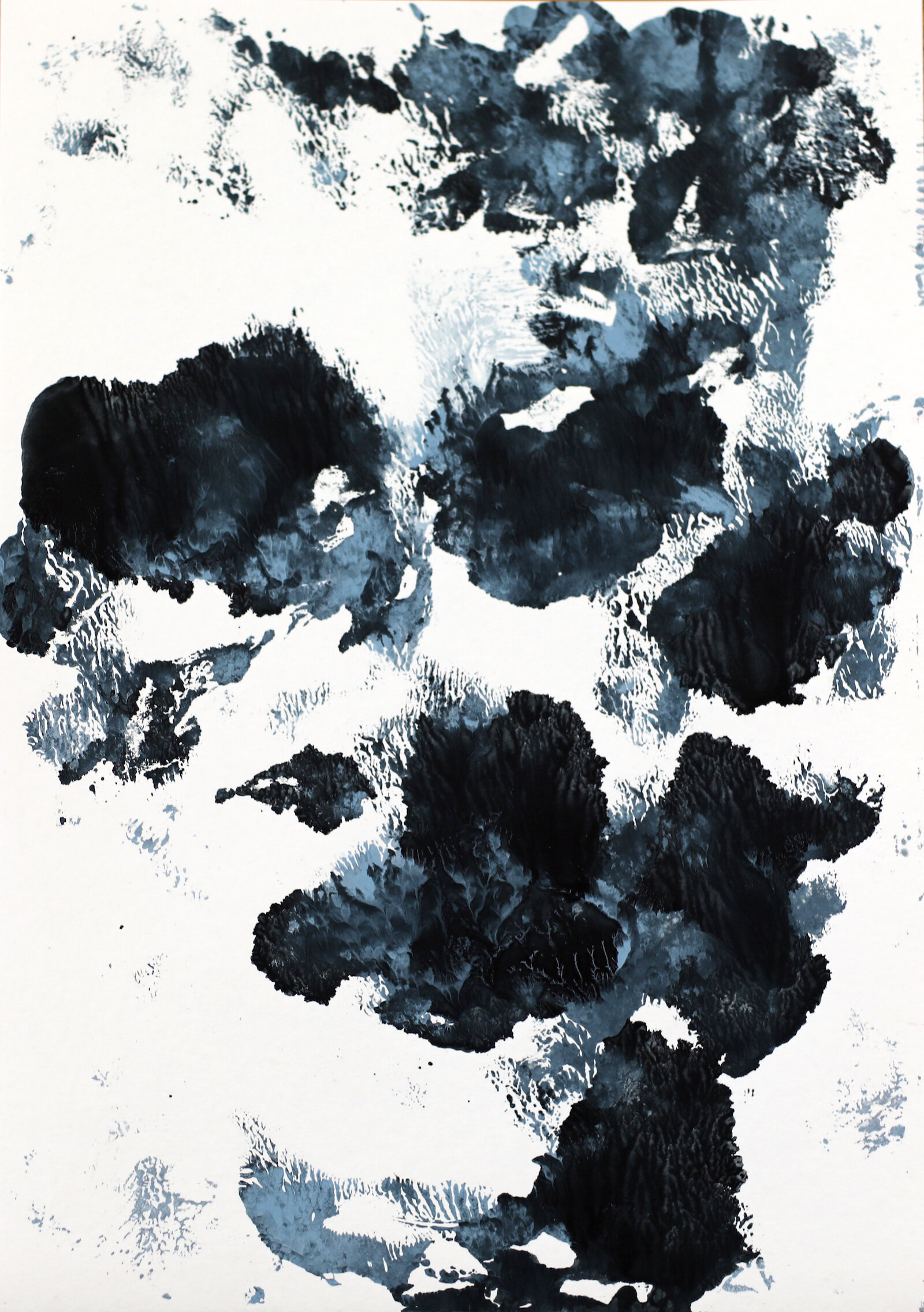
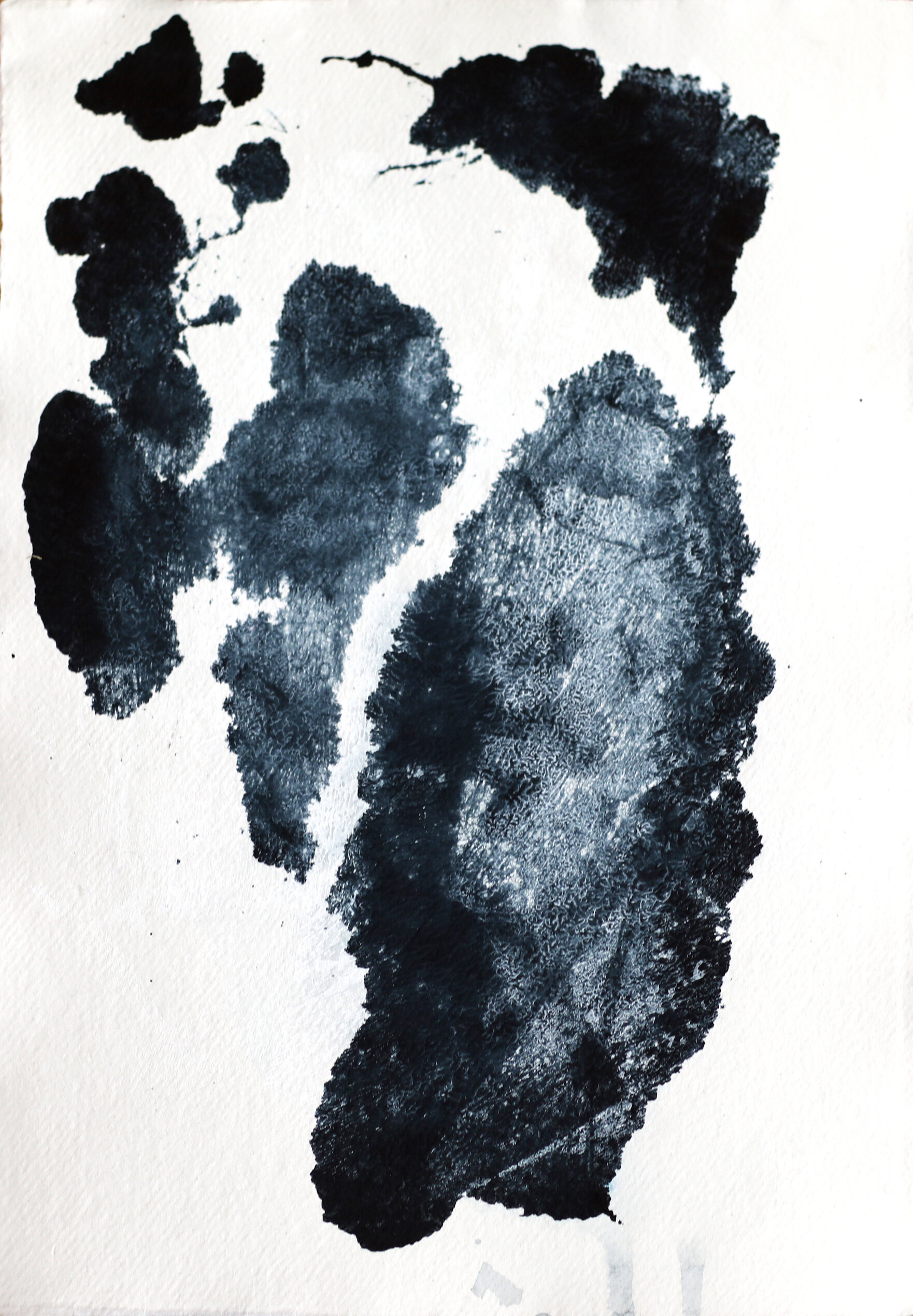
Inspired by theories of biopower, necropolitics and eco-feminism, Obegi reveals the omnipresent power structure that imposes itself on the physical body.
Marie Obegi took interest in this subject while she lived in Japan and visited Hiroshima for research. Although evoking remembrance of historical tragedies, this series was created drawing on contemporary issues rooted in the enduring technopatriarchal system.
Obegi’s work finds parallels between the individual body and a collective destiny directed by capitalism and patriarchal dominance. Well beyond the subject of war, these paintings examine the urgency to deconstruct and denounce Eurocentric and anthropocentric fallacies in economic, political and social domains.
The nuclear proliferation of recent years led by a progression of nationalism serves as an entry point for the artist to approach many other global challenges provoked by capitalist exploitation, including decisions to value profit over human lives during the Covid-19 pandemic and exacerbated socioeconomic inequalities.
The process to explore this subject is, as always has been in Obegi’s works, one that uses individual experience to explore complex humanitarian and political issues. These imageries of sufferings are monotypes painted with ink and acrylic on glass, then printed onto paper with a baren, a Japanese hand printer. This technique allows an accentuation of the instantaneity of the disappearance, revealing the fragility of life that are submerged in this historical catastrophe. These fragmented faces are anonymous, silent and ghostly, but constitute immensely striking traces of reminiscence left by an unseen evil.
